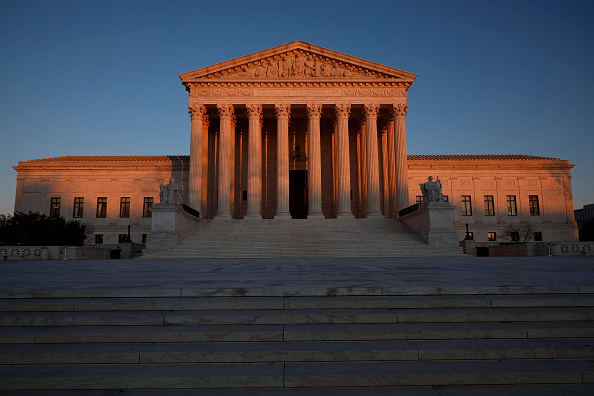“Waters of the United States” might finally get a clear definition, as the U.S. Supreme Court is set to take on a WOTUS case—and decide what water regulations farmers and other landowners will abide by.
What’s on the docket? SCOTUS will review the 9th Circuit Court ruling in Sackett v. EPA to see if the lower court used the proper tests to decide if wetlands were “waters of the U.S.” according to the Obama-era Clean Water Act.
The backstory: In 2004, the Environmental Protection Agency stopped Michael and Chantell Sackett from building on their Idaho land. The reason? The presence of “wetlands.” Without a Clean Water Act permit, they couldn’t build their home on the lot, even though the land lacked a surface water connection to any stream, creek, lake, or other water body. They faced up to a $75,000-a-day fine if they moved forward.
An attorney with Sackett representative Pacific Legal Foundation, Charles Yates, says the Supreme Court might not take the case until October, but it could still make it onto the spring calendar.
A ripple through the ag industry: The Supreme Court will, ideally, decide on one “test” for determining what qualifies as federally protected “wetlands” (are they “waters of the U.S.” only if there’s a surface connection to a body of water? Or does subsurface water flow count?).
The answer to that question can affect farmers and ranchers significantly: if their land falls under federal jurisdiction, the government could regulate things like ditches and pasture low spots. Plowing, planting, or any building on the land can be affected, and non-compliance would mean hefty fines.

